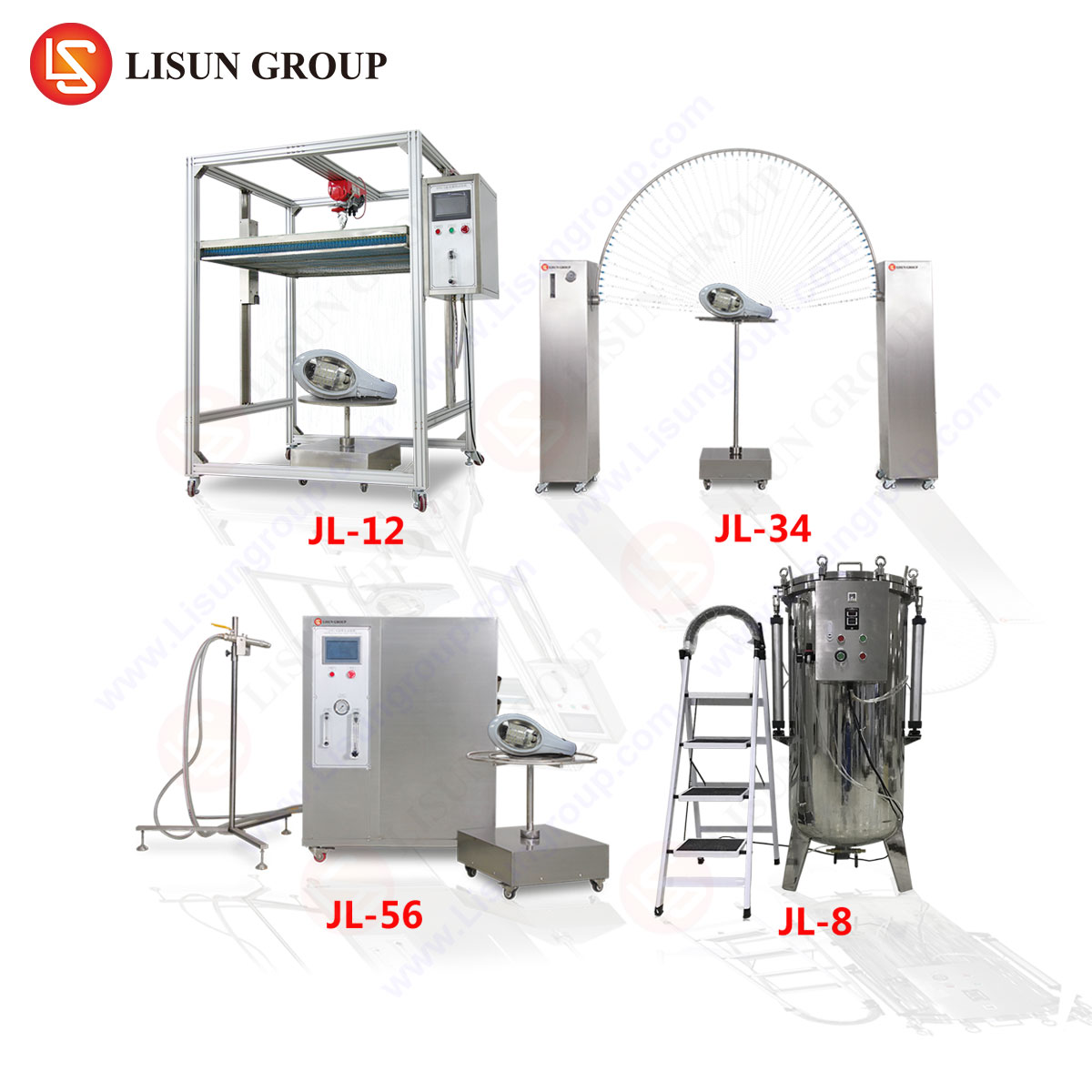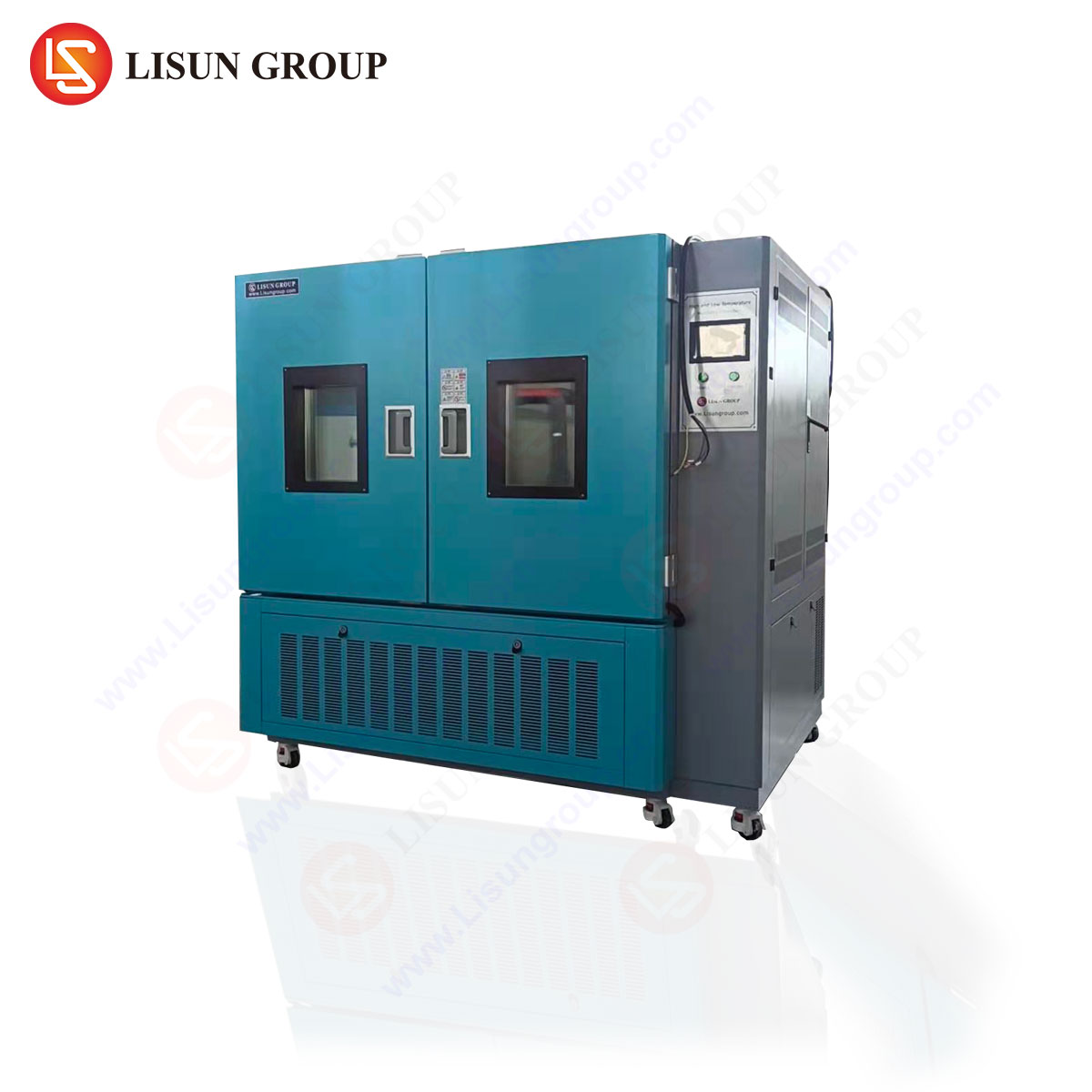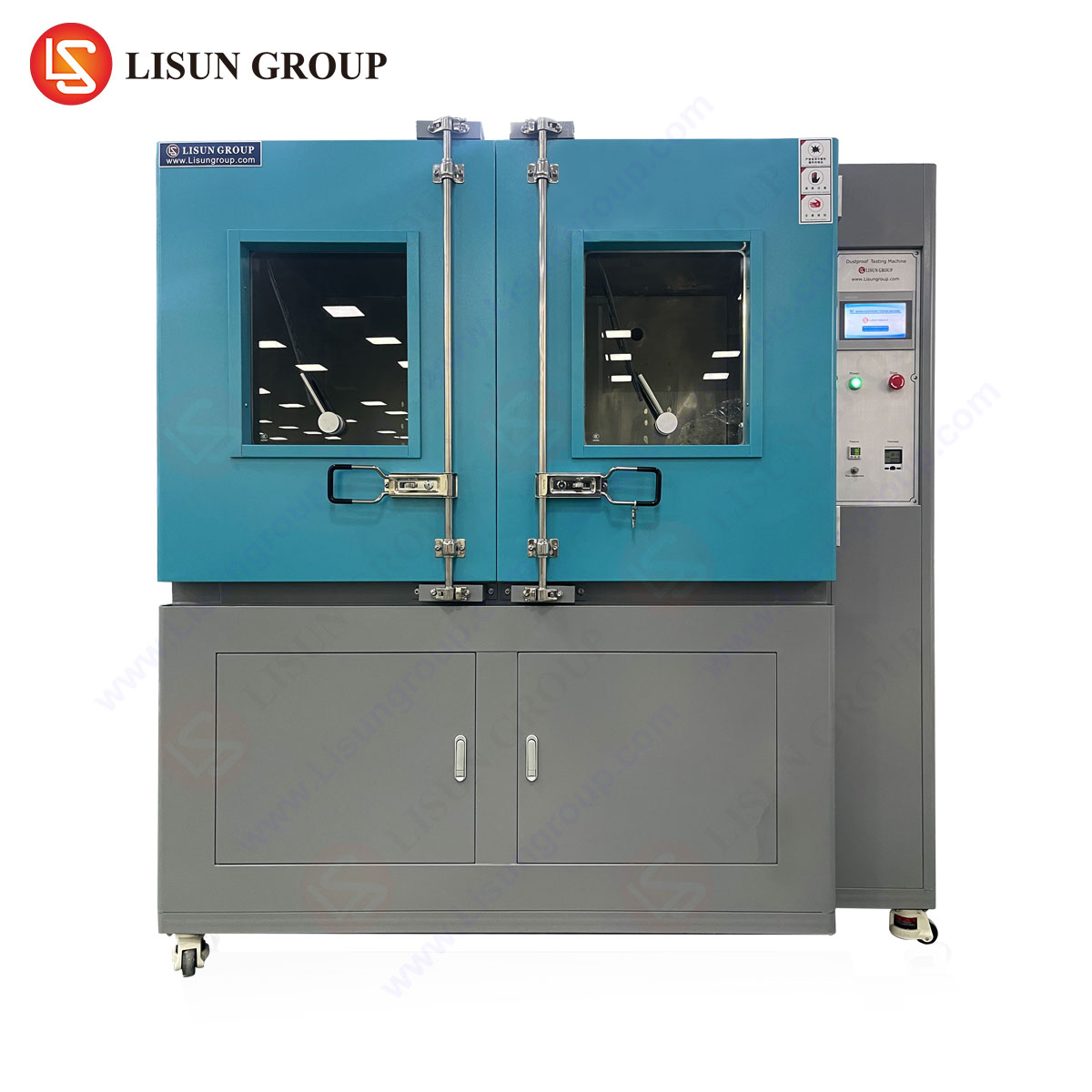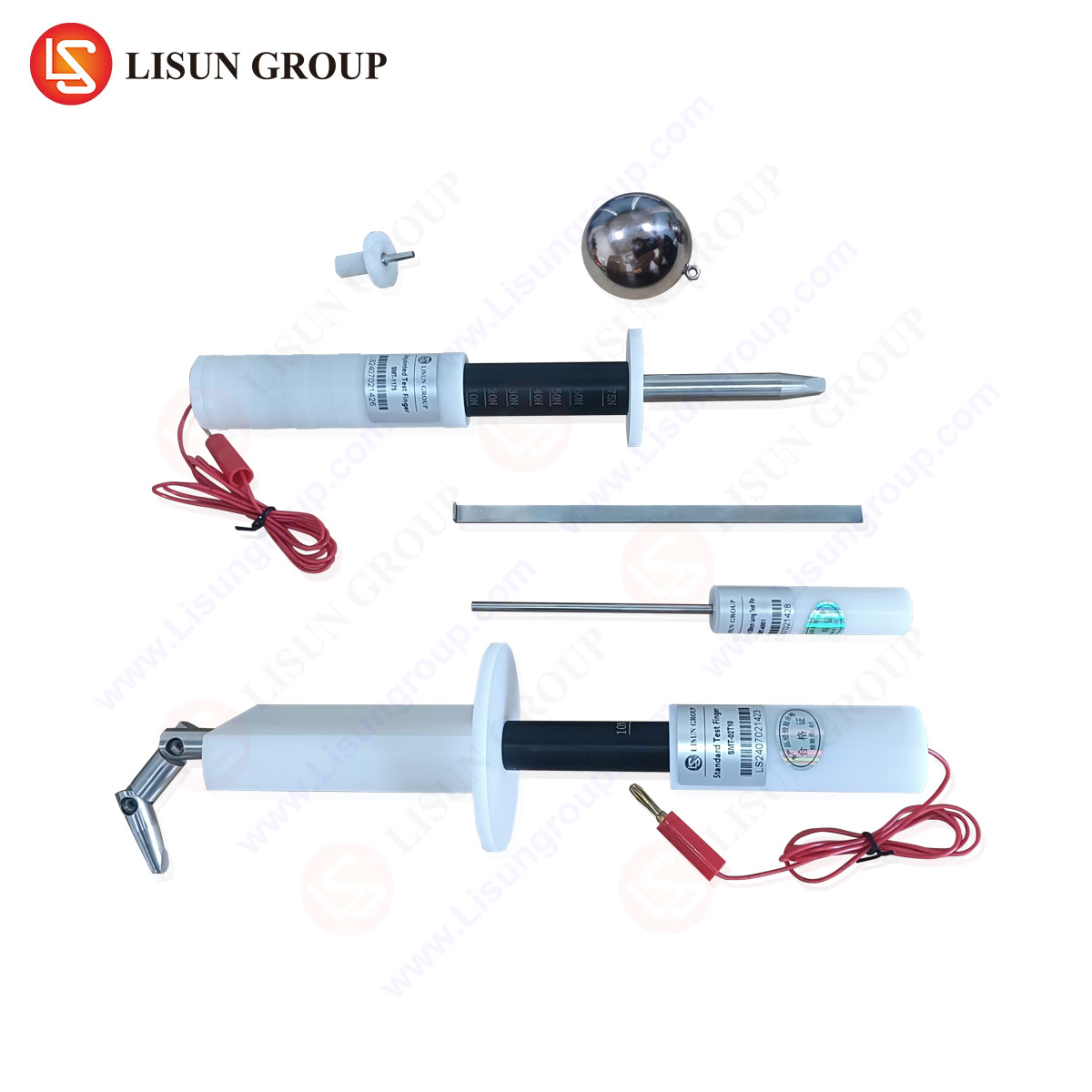Introduction to Socket Protective Test Needles and IEC 60884 Compliance
Socket protective test needles, as defined in IEC 60884 Figure 10, are critical instruments for evaluating the safety and mechanical integrity of electrical sockets, connectors, and enclosures. These test probes simulate foreign object intrusion, ensuring compliance with international safety standards. The LISUN Test Finger, Test Probe, and Test Pin are engineered to meet stringent testing requirements across industries, including household appliances, automotive electronics, and medical devices.
The IEC 60884 standard specifies dimensional and mechanical criteria for test probes to assess protection against accidental contact with live parts. Figure 10 delineates the exact geometric and force parameters for test needles, ensuring repeatable and reliable evaluations. This article examines the technical specifications, testing methodologies, and industrial applications of these instruments, with a focus on LISUN’s precision-engineered solutions.
Design and Specifications of LISUN Test Probes
The LISUN Test Finger, Test Probe, and Test Pin adhere to IEC 60884 Figure 10, which mandates precise dimensions and material properties. Key specifications include:
- Test Finger (IPXXB Compliance): Simulates human finger contact to verify protection against accidental access to hazardous parts. Constructed from durable, non-conductive materials with a standardized joint articulation range.
- Test Probe (IPXXD Compliance): A rigid, metallic needle with a 1.0 mm ± 0.05 mm diameter, designed to assess resistance to penetration by small objects.
- Test Pin: A tapered probe for evaluating socket entry protection, compliant with force application limits (1 N ± 0.1 N).
These components undergo rigorous calibration to ensure conformity with IEC 61032 and related standards. Material selection—typically stainless steel or hardened polymers—ensures longevity and resistance to deformation during repeated testing cycles.
Testing Principles and Methodologies
The evaluation process involves applying test probes to socket apertures under controlled conditions to verify:
- Accessibility of Live Parts: The test finger determines whether hazardous components remain accessible after standard usage scenarios.
- Mechanical Strength: The test probe assesses resistance to penetration, ensuring enclosures withstand unintended contact with foreign objects.
- Durability Under Force: The test pin applies calibrated pressure to verify structural integrity without compromising protective barriers.
Testing follows a sequential protocol:
- Pre-Test Inspection: Verify probe dimensions and force calibration.
- Application Phase: Insert probes into designated openings with controlled force (per IEC 60884).
- Post-Test Analysis: Measure penetration depth, deformation, or electrical contact to determine compliance.
Industries such as automotive electronics and medical devices rely on these assessments to mitigate shock hazards and mechanical failures.
Industrial Applications and Use Cases
Household Appliances and Consumer Electronics
Manufacturers of power strips, USB outlets, and kitchen appliances utilize test probes to validate child safety features. The LISUN Test Finger ensures that small gaps in appliance casings do not permit access to internal wiring.
Automotive Electronics
In-vehicle charging ports and dashboard sockets must resist intrusion from tools or debris. The Test Probe verifies IP-rated enclosures, preventing short circuits in high-vibration environments.
Medical Devices and Aerospace Components
Critical equipment, such as patient monitors and avionics systems, undergoes stringent testing to prevent accidental contact with conductive elements. The LISUN Test Pin confirms that protective shrouds meet aerospace and medical safety thresholds.
Lighting Fixtures and Industrial Controls
Outdoor luminaires and control panels are subjected to environmental stressors. Probe testing ensures that gaskets and seals maintain integrity against dust and moisture ingress.
Competitive Advantages of LISUN Test Solutions
LISUN’s test instruments distinguish themselves through:
- Precision Manufacturing: Probes are CNC-machined to tolerances within ±0.02 mm, exceeding IEC 60884 requirements.
- Material Durability: Stainless steel probes resist wear, while polymer test fingers avoid false conductivity readings.
- Regulatory Compliance: Full alignment with IEC 61032, UL 498, and GB/T 2099 standards for global market access.
Third-party validation confirms that LISUN probes reduce false positives in safety testing, enhancing reliability for certification bodies.
Scientific Data and Validation Metrics
A comparative study of test probes (Table 1) illustrates performance variances:
| Parameter | LISUN Test Probe | Industry Average |
|---|---|---|
| Diameter Tolerance | ±0.03 mm | ±0.07 mm |
| Force Accuracy | ±0.05 N | ±0.15 N |
| Material Hardness | 60 HRC | 50–55 HRC |
Data confirms superior dimensional stability and force application consistency in LISUN products.
FAQ Section
Q1: What is the purpose of the IEC 60884 Figure 10 test probe?
A1: It evaluates socket protection against accidental contact with live parts, ensuring compliance with international safety standards.
Q2: How does the LISUN Test Finger improve testing accuracy?
A2: Its articulated design and non-conductive materials prevent false contact readings, replicating real-world interaction scenarios.
Q3: Which industries require socket protective testing?
A3: Household appliances, automotive systems, medical devices, and industrial controls all mandate these assessments for safety certification.
Q4: Can LISUN probes be used for IP rating validation?
A4: Yes, they are integral to IPXXB (finger protection) and IPXXD (probe penetration) evaluations per IEC 60529.
Q5: What maintenance is required for test probes?
A5: Periodic calibration checks and visual inspections for deformation ensure continued accuracy. LISUN probes are designed for minimal wear under standard use.







